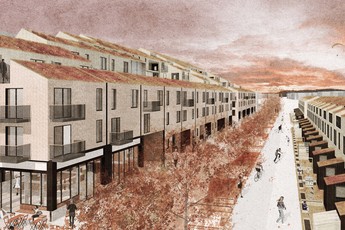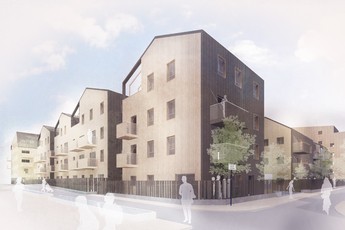Årstafältet
Timber housing in Stockholm masterplan
Årstafältet is a vast park within the municipality of Stockholm identified as a site into which the city can expand. The masterplan for the area consists of a total of 14 blocks of dense and mixed-use buildings. We were invited by Folkhem, a Swedish developer committed to building 100% in cross laminated timber, to propose a design for two plots which combines residential and retail.
APPROACH
Appointed to deliver 220 homes over two plots, the design breaks the massing into identifiable blocks, which create a varied cityscape. Variety in the facade is created by setting back and projecting the volumes, whilst the heights of the blocks are pushed and pulled to maximise the light entering the shared courtyards.
The form wraps around two shared courtyards creating a sense of community and maximising open space. Visual and physical routes through the site add interest on the street scale and easy pedestrian access through the masterplan.
The proposed massing does two things: it creates an urban frontage to the main commercial and local streets whilst allowing sunlight and daylight into the heart of the courtyard.
The tallest buildings are placed at the junction of the Huvudgatan and the local street and lowest points are to the east and west on the south side and opposite the new kindergarten to the north. The massing is broken down into smaller horizontal and vertical rhythms in line with the key principles set out by the municipality's masterplan approach.
The roofscape provides a unifying element across the block cascading from the tallest building to the smallest. The roofs fall towards the courtyard ensuring that the street facades are not interrupted by rainwater downpipes and directing rainwater towards the irrigation systems in the courtyard. The zinc wraps over the top of the blocks providing a continuous roof across the different volumes.
DESIGN
A natural palette of materials draws on references from Stockholm’s traditional architecture whilst the use of contemporary and sustainable materials ensures that the building will look beautiful for many years. Robust brickwork at ground floor is varied in colour to add warmth, and timber and clay tiles are used throughout. This simple palette unifies the development while different colours establish identities for each block, creating individual personality and making them personal to the people living in them, helping to create a sense of community.
Particular attention was paid to the detail at the ground floor and how the architecture responds to the thresholds between the public and private domain. In residential areas it was important to have a threshold zone before the private entrances. With the shared entrance spaces, seating has been incorporated to encourage engagement with the building and provide places to sit, meet and share. In the commercial areas facing the busier streets, seating has been integrated into the façade, and larger openings draw in passing members of the public.
RESULT
The resulting buildings are both individual and cohesive. The attention to detail and variety from the ground floor throughout creates a varied and dynamic street frontage that ties into the municipality’s ambitions for an engaging streetscape. The blocks themselves are broken down yet cluster nicely around the shared protected courtyards between, bringing a new community to this new area of Stockholm.
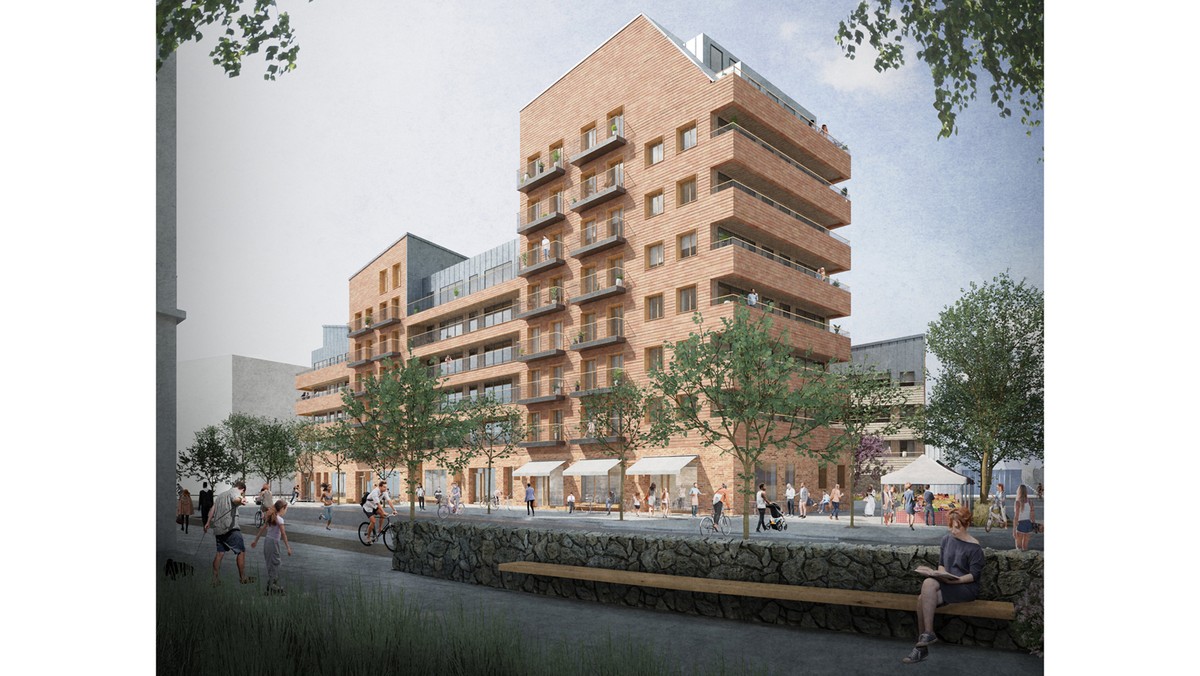
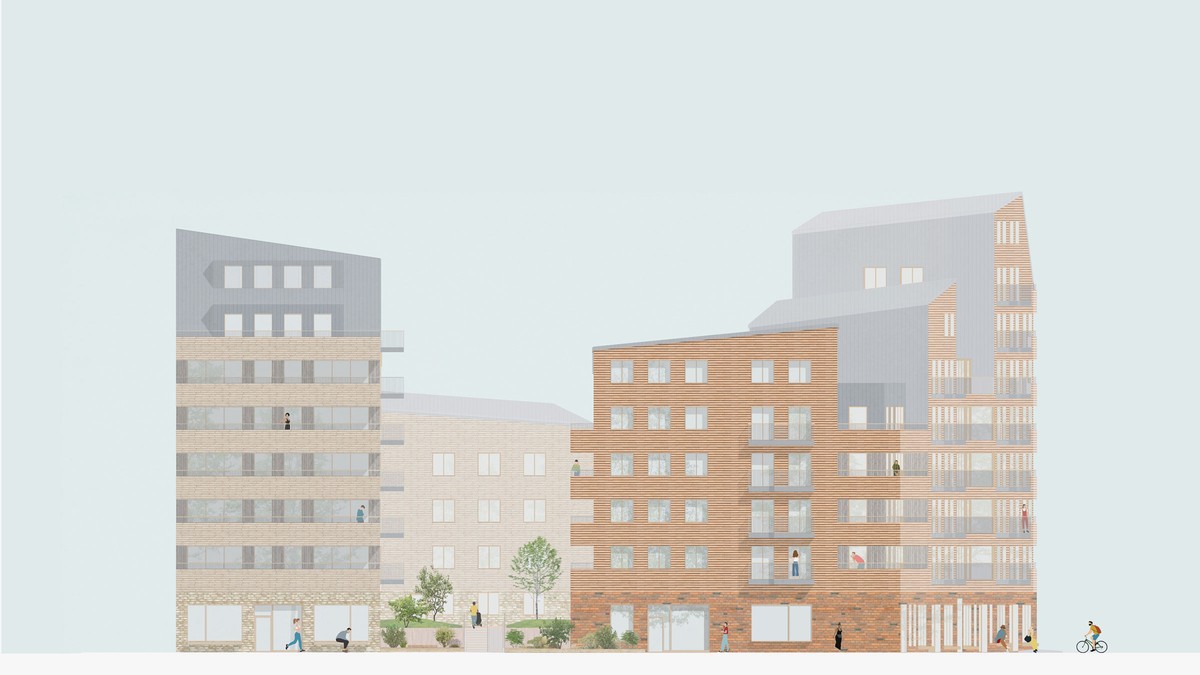
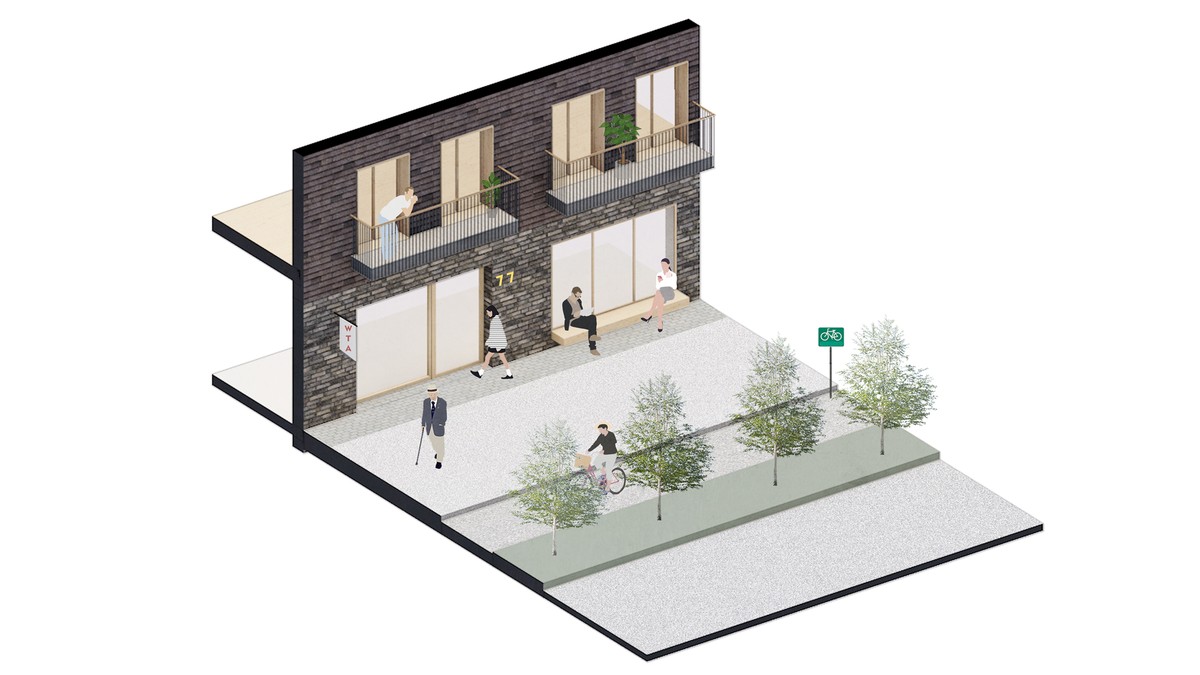
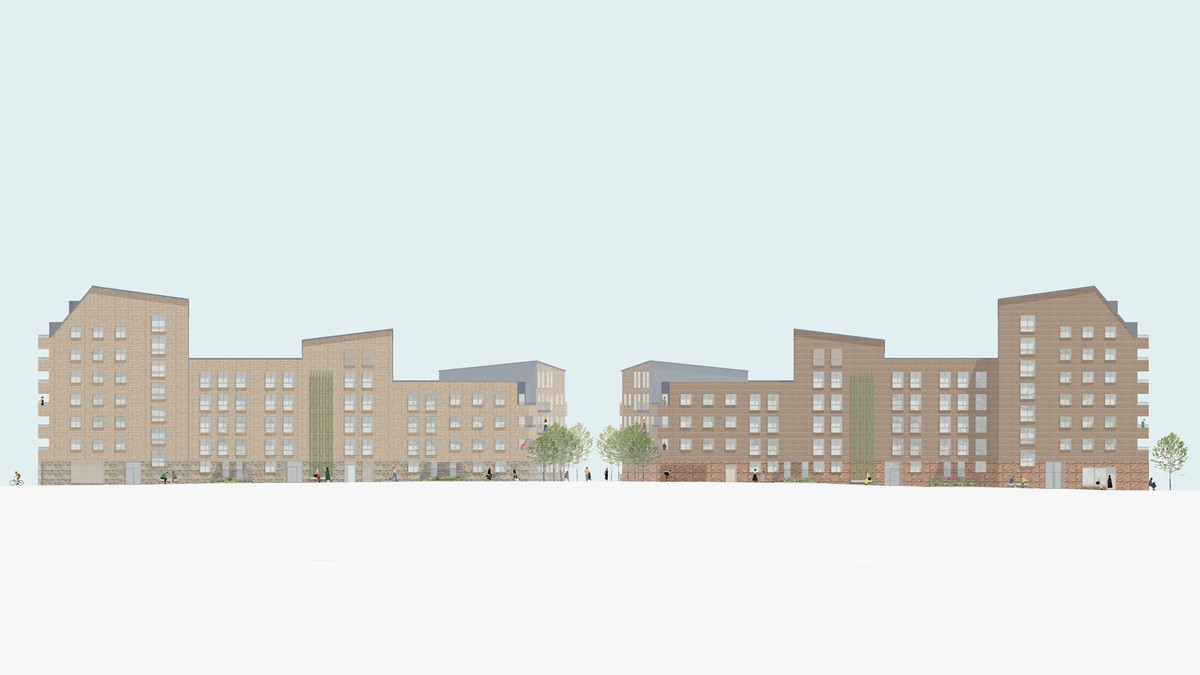
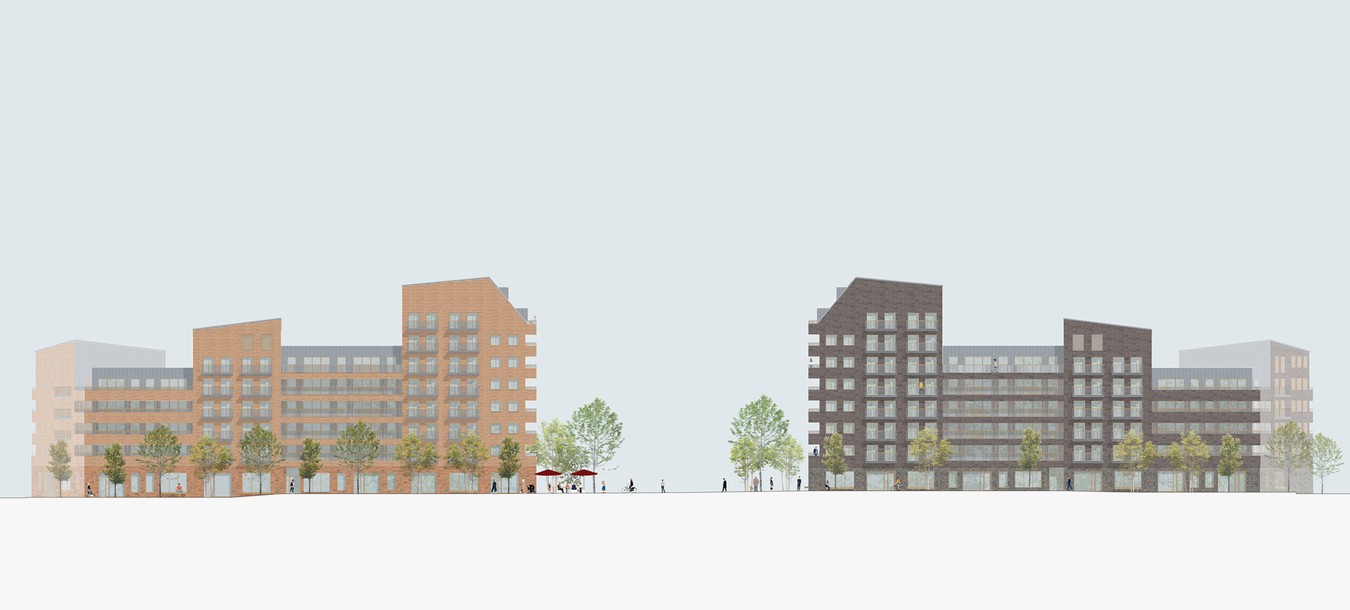





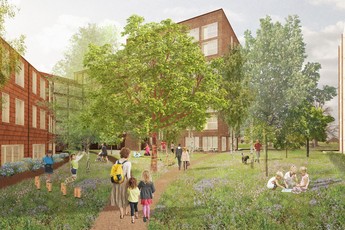
.jpg.345x230_q90_crop_upscale.jpg)
